
Deep beneath the Pacific Ocean, approximately 300 miles off the Oregon coast, lies the Axial Seamount—a colossal underwater volcano that has long intrigued scientists. Recent observations indicate that this ‘silent giant’ is on the brink of an eruption, with experts predicting activity before the end of 2025. This development not only offers a unique opportunity to study submarine volcanic activity but also underscores the importance of continuous monitoring of Earth’s dynamic systems.
Underwater Volcano Facts

Since its discovery, Axial Seamount has been recognized as the most active submarine volcano in the Northeast Pacific. Its remote location and submerged nature have rendered it largely unnoticed by the public, yet it plays a crucial role in advancing our understanding of volcanic processes. The anticipated eruption has garnered significant attention from the scientific community, eager to glean insights that could enhance eruption forecasting and risk mitigation strategies.
A History of Activity

Axial Seamount’s eruptive history is well-documented, with significant events occurring in 1998, 2011, and 2015. Each eruption has provided valuable data, contributing to a more comprehensive understanding of submarine volcanism. The 2015 eruption, in particular, was notable for the extensive real-time monitoring that captured the volcano’s behavior before, during, and after the event. These observations have been instrumental in refining predictive models and enhancing our grasp of the mechanisms driving such eruptions.
Monitoring the ‘Silent Giant’

Since 1997, researchers have employed an array of instruments to monitor Axial Seamount’s activity meticulously. Among these are Bottom Pressure/Tilt (BOTPT) sensors, which measure pressure changes on the ocean floor to detect volcanic inflation and deflation. These instruments have revealed that the seafloor above the volcano has been steadily rising, indicating magma accumulation beneath the surface. This swelling mirrors the patterns observed prior to previous eruptions, suggesting that the volcano is entering the final stages of its pre-eruptive phase.
Recent Developments

In the past year, the seafloor at Axial Seamount has exhibited significant inflation, with measurements indicating an uplift of over 15 centimeters. This rapid swelling is accompanied by a surge in seismic activity, with hundreds of small earthquakes detected daily—a clear sign of magma movement within the volcano. These indicators have led scientists to predict that an eruption is imminent, likely occurring before the end of 2025.
Predictive Successes
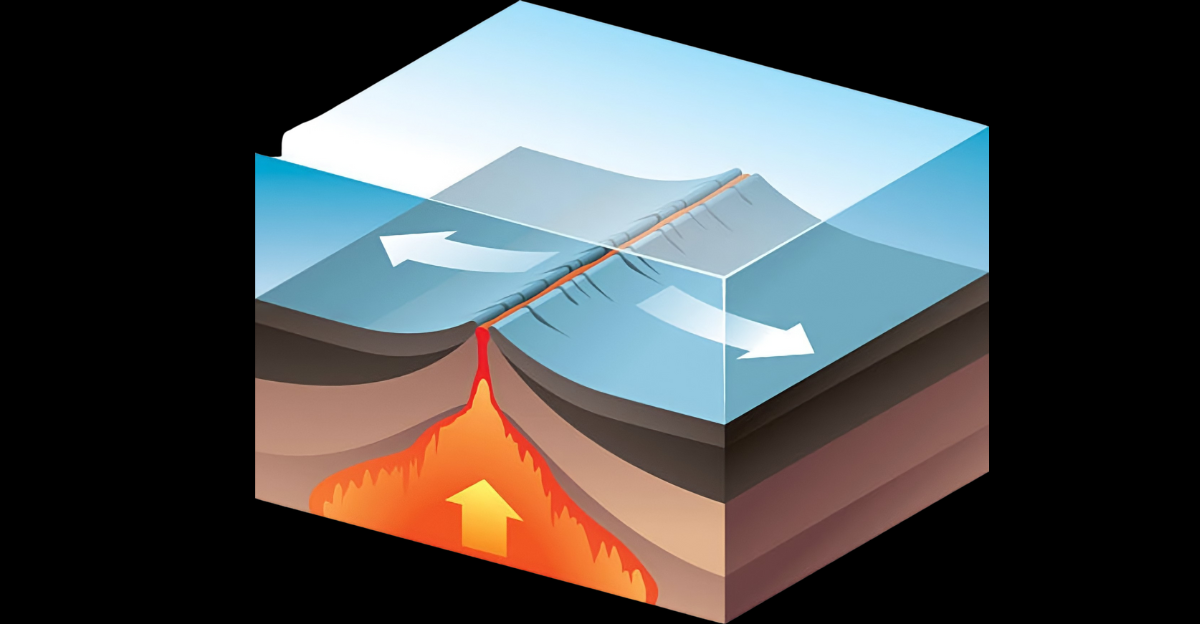
The ability to forecast Axial Seamount’s eruptions with increasing accuracy is a testament to advancements in volcanic monitoring and data analysis. Notably, scientists successfully predicted the 2011 and 2015 eruptions based on observed patterns of inflation and seismicity. These successes have bolstered confidence in current predictions and highlight the effectiveness of continuous, real-time monitoring in understanding and anticipating volcanic behavior.
Technological Innovations
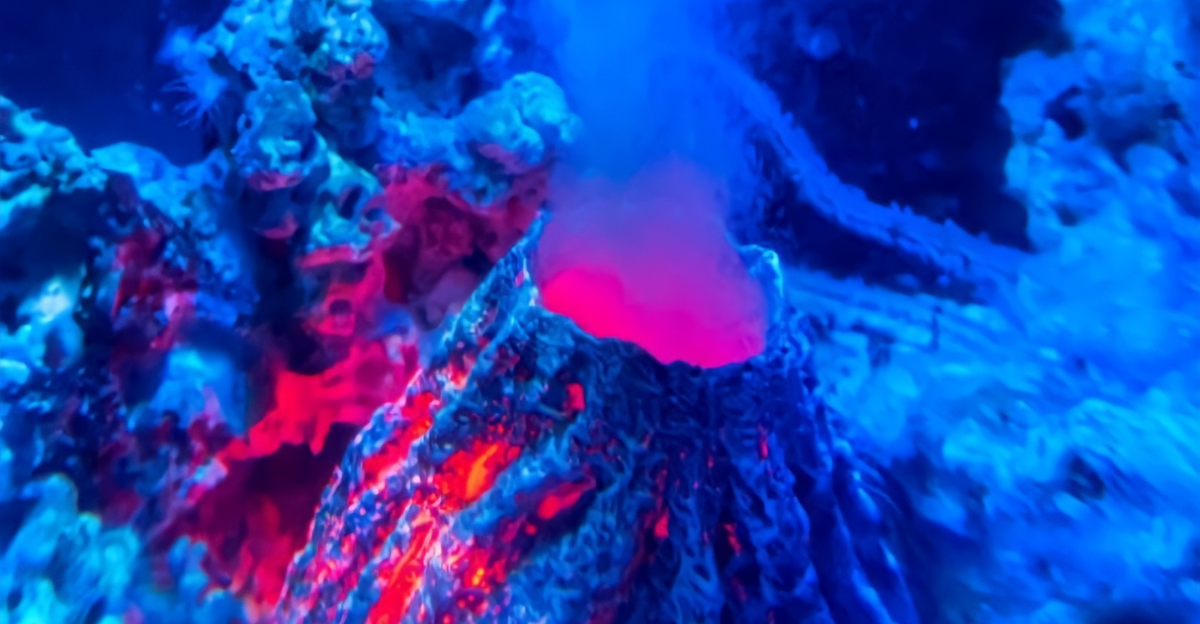
The monitoring of Axial Seamount has been revolutionized by technological innovations, particularly the deployment of the Regional Cabled Array (RCA). This network of sensors and cameras, connected by fiber-optic cables, provides real-time data on seismic activity, hydrothermal systems, and chemical changes associated with volcanic processes. The RCA’s comprehensive data collection enables scientists to observe the volcano’s behavior with unprecedented detail, facilitating more accurate predictions and a deeper understanding of submarine volcanism.
Understanding the Implications

While the prospect of an eruption may evoke concern, experts assure that Axial Seamount’s activity poses minimal risk to coastal communities. Due to its location and the nature of its eruptions, which are typically non-explosive and result in slow lava flows across the seafloor, the potential for tsunamis or other hazards is low. Nonetheless, the event presents a valuable opportunity to study volcanic processes in a natural laboratory setting, with findings that could inform our understanding of more hazardous volcanoes worldwide.
Global Significance
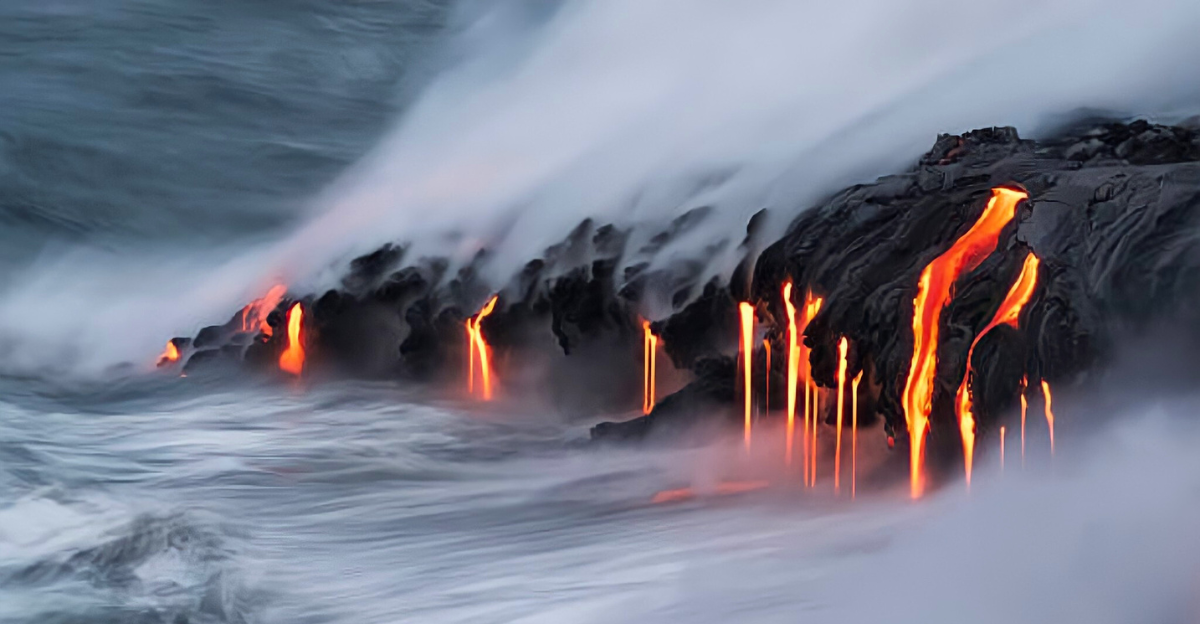
The insights gained from monitoring Axial Seamount extend beyond regional interests, offering implications for global volcanic research. By studying the precursors and dynamics of submarine eruptions, scientists can improve predictive models applicable to both underwater and terrestrial volcanoes. This knowledge is crucial for hazard assessment and risk reduction in volcanic regions around the world, contributing to the safety and preparedness of vulnerable communities.
The Role of Collaboration
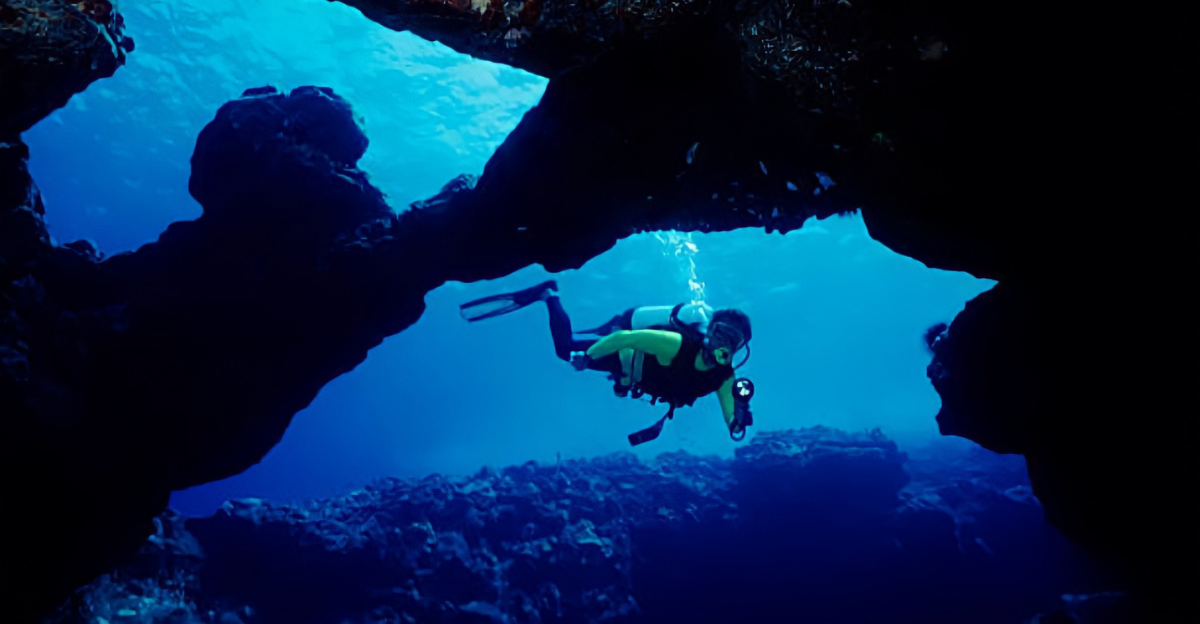
The successful monitoring and study of Axial Seamount exemplify the importance of collaboration in scientific endeavors. Partnerships between institutions such as Oregon State University, the University of Washington, and various federal agencies have been instrumental in deploying and maintaining the necessary monitoring equipment. These collaborative efforts ensure the continuous collection and analysis of data, fostering a comprehensive understanding of the volcano’s behavior and enhancing predictive capabilities.
Future Research Directions
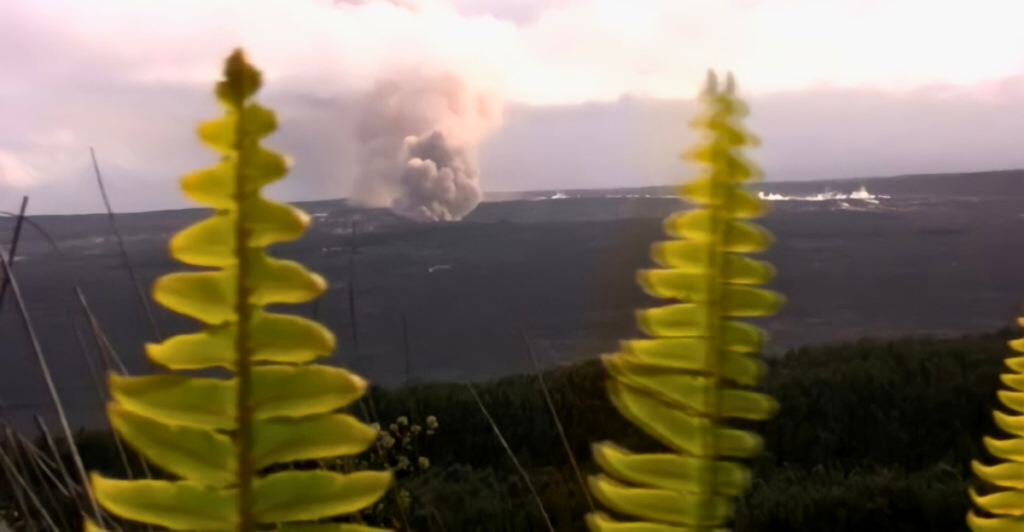
As the anticipated eruption approaches, researchers are poised to gather a wealth of data that will inform future studies. Key areas of interest include the mechanisms driving magma ascent, the interactions between volcanic activity and hydrothermal systems, and the ecological impacts of eruptions on deep-sea ecosystems. The findings from Axial Seamount will contribute to a broader understanding of volcanic processes and their implications for Earth’s systems.
Public Engagement and Education

The unfolding events at Axial Seamount offer a unique opportunity for public engagement and education in the geosciences. By sharing real-time data and insights from the monitoring efforts, scientists can foster a greater appreciation for the dynamic nature of our planet. Educational initiatives can leverage this event to illustrate fundamental concepts in geology, oceanography, and environmental science, inspiring the next generation of Earth scientists.
Eyes Wide Open

The imminent eruption of Axial Seamount stands as a compelling reminder of Earth’s dynamic processes and the value of vigilant scientific observation. Through advanced monitoring and collaborative research, scientists have not only enhanced their ability to predict underwater eruptions but also deepened our understanding of volcanic activity as a whole. This event serves as a crucial case study, reinforcing the importance of real-time data collection in mitigating potential risks and improving global hazard preparedness.
As researchers continue to track the final stages of Axial Seamount’s pre-eruptive phase, the world watches with anticipation. While the eruption itself poses little direct threat to coastal communities, its scientific significance cannot be overstated. The knowledge gained from this unfolding event will contribute to a broader comprehension of volcanic systems, shaping the future of predictive modeling and ensuring that humanity remains one step ahead of nature’s most powerful forces.
Discover more of our trending stories and follow us to keep them appearing in your feed

There Will Be Eruptions: Concerns Mount as Yellowstone Supervolcano Activity Shifts
After 800 Years of Silence, This American Volcano Shows Signs of Activity
Deepest Hole On Earth Permanently Sealed After 2 Billion Year Old Discovery
Lake Shasta’s Remarkable Comeback From Drought Captured in Stunning Images
References:
Reference 1
Reference 2
This article first appeared here
Stay connected with us for more stories like this! Follow us to get the latest updates or hit the Follow button at the top of this article, and let us know what you think by leaving your feedback below. We’d love to hear from you!







